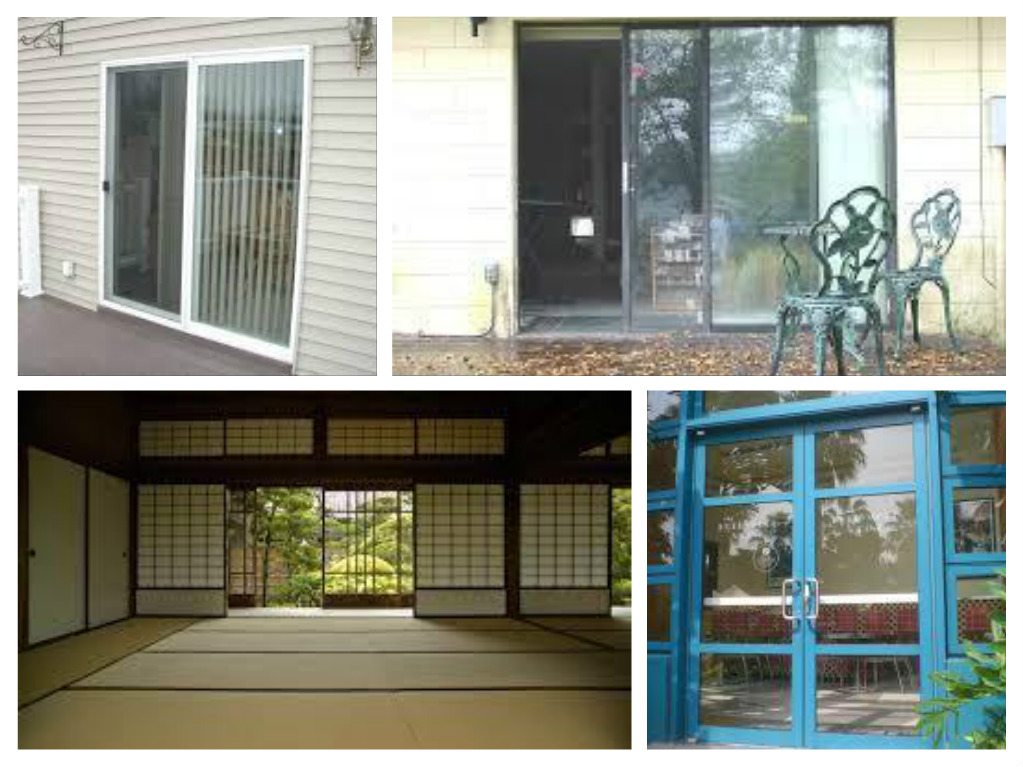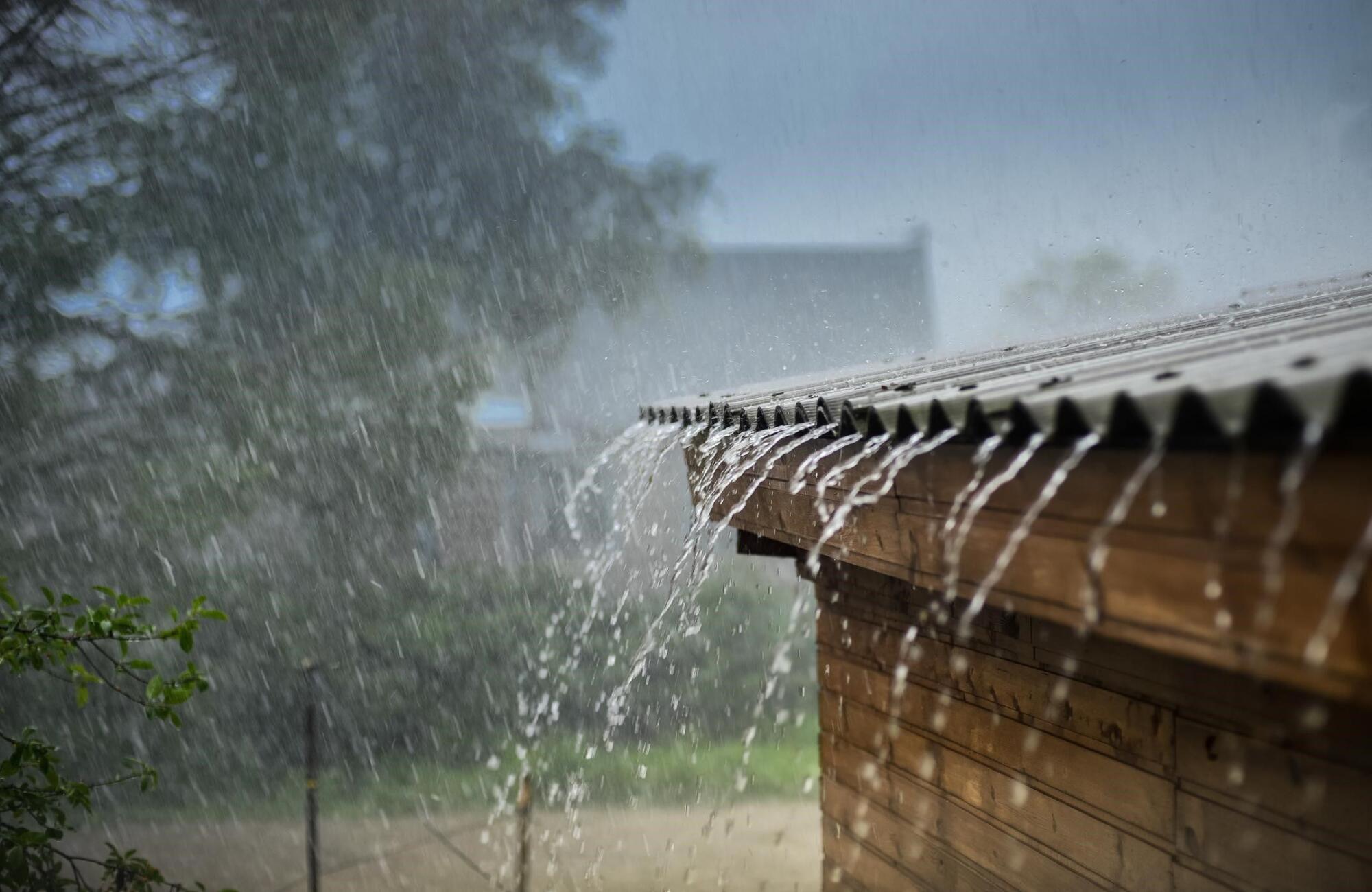If your basement isn’t finished but you want to add some personality to it, painting the floor can be a great option. However, you won’t be able to avoid some of the steps you would take to finish your basement.
You will still need to clean and waterproof your basement. Steve Schulz at Dry Basement Solutions says, “Water penetrating foundation walls is a leading cause of property damage. The foundation itself can weaken and crack if continuously exposed to water. And once the water penetrates your foundation, mold and mildew can ruin a basement and whatever is inside.”
With that in mind, here are the steps you will need to take to paint your basement.
Steps to Take When You Paint Your Basement Floor
Waterproof Your Basement
All of your hard work will be for nothing if a flood or condensation ruins the paint. Before you begin, make sure you protect your investment.
If you haven’t painted your walls already, take care of that first. A layer of waterproofing paint underneath your top coat can help with condensation and small leaks.
Also, make sure the basement is properly insulated. According to Florida Realty the walls and pipes will both cause moisture problems if they aren’t. If insulation isn’t enough to keep the humidity down, invest in a dehumidifier.
If your basement has flooding problems, you will need to take more drastic measures, like installing a pump or regrading your yard. If you can’t solve the flooding problem, there’s no point in painting the basement floor.
Repair Any Cracks
Once water isn’t an issue, you can begin making repairs. Fill in any cracks in the concrete with a repair or patch product.
The entire surface will also need to be smooth. Grind or sand any bumps in the concrete, especially after you make repairs.
Get the Right Paint
Not all paint will work on concrete. You need to get an epoxy paint that is made specifically for concrete.
People are going to walk on this surface. Any other paint will be damaged by the heavy traffic.
Thoroughly Clean the Floor
If you paint over dirt and grime, it will be trapped there. This will ruin your smooth finish. Make sure you sweep, mop, and scrub the floor to get rid of any potential blemishes.
When you’re finished, dry the floor thoroughly and let it sit for 24 hours. Your paint won’t apply correctly unless the floor is completely dry.
Set the Thermostat (Or Wait for Optimal Temperature)
The temperature of the basement should be between 50 and 90 degrees Fahrenheit before you begin painting. If it’s winter and you don’t have heating in your basement, you should put off the project until the spring.
The paint you choose will likely have an ideal temperature for drying on the label. Don’t begin until the basement is consistently this temperature.
Place Painter’s Tape & Prime the Floor
Since you just waterproofed and painted your walls, you need to put painters tape everywhere they touch the floor. Epoxy paint dries quickly; you won’t have much time to fix any mistakes.
You’ll need an epoxy-based primer that’s compatible with your paint. Start away from the door and work your way toward it so that you don’t trap yourself in the room; stepping on the primer is not advised.
The primer will need another 24 hours to dry. Do not apply paint to wet primer.
Mix Your Paint
The key is to not mix too much at a time. As mentioned before, epoxy paint dries very fast. If you mix too much, you’ll end up wasting paint.
However, this mostly applies to two-part epoxies. On-part paints can be shaken or stirred and used as needed. Still, don’t put too much in the tray at once if you’re using a roller.
Apply the First Coat
Use a brush on the edges at the very least so you don’t accidentally get paint on the walls. If you have the time and patience, it’s good to use a brush for the whole first coat to make sure it is as flat as possible.
Once the edges are finished, paint the floor the same way you applied the primer, starting away from the door and making your way toward it. Before moving to the next coat, check the label to see how long it takes to fully dry.
Add a Second Coat
Most paints take between 12 to 24 hours to dry completely. Once the first coat is dry, apply the second coat the same way you did the first. If you used a brush for the whole first coat, you can switch to a roller for everything except the edges.
Once your second layer dries, you can add artistic designs as a third layer. If you want something more advanced, you can hire a professional painter for this step. Many professional painters don’t just specialize in plain walls.
For example, Pizzazz! Painting, professional painters in NJ, says, “We create the most elegant and romantic wall finishes you can find in Mount Laurel, Cherry Hill, Marlton, and Voorhees NJ. However, we don’t just work on walls. We can paint almost anything and everything.” And if this whole process sounds exhausting, you can reach out to companies like Dry Basements Solutions and Pizzazz! Painting to take care of the entire process.
Painting your basement floor is a good idea if you are willing to at least waterproof your basement. Finishing a basement requires waterproofing, and finishing your basement is the best way to make use of the space. It can even increase the value of your home.
However, if you’re not ready to completely finish it, painting the floor is a good first step in that direction. What are your plans for your basement? Are you considering painting the floor? Let us know in the comments!
Jennifer Bell is a freelance writer, blogger, dog-enthusiast and avid beachgoer operating out of Southern New Jersey.







Thank you for pointing out that I should still waterproof my basement if I want to paint its floor. My husband and I recently decided that we would want to transform our basement into a wine cellar. I guess that will have to wait while we look for waterproofing contractor first.
Waterproofing your walls won’t help as much as you think. Water will always find a way through a basement foundation if it sits against it long enough, so your best way to waterproof your basement is to avoid water from getting to your foundation. Cleaning your gutters is the best way to do this.